Innovative Pairing Trends
The Blue Cheese Market is witnessing innovative pairing trends that enhance the overall consumer experience. Chefs and food enthusiasts are experimenting with blue cheese in various culinary applications, from salads to desserts, which is expanding its usage beyond traditional contexts. This trend is supported by the increasing popularity of food pairing events and cheese tastings, where blue cheese is often featured prominently. As a result, the market for blue cheese is likely to see a boost, with an estimated growth rate of 5% in the next few years. This diversification in usage not only attracts new consumers but also encourages existing customers to explore different flavor combinations.
Health Benefits of Blue Cheese
The Blue Cheese Market is benefiting from the growing awareness of the health benefits associated with blue cheese consumption. Rich in calcium, protein, and probiotics, blue cheese is increasingly recognized for its potential to support digestive health and bone strength. As consumers become more health-conscious, they are gravitating towards foods that offer nutritional advantages. Market Research Future indicates that the demand for blue cheese, particularly among health-oriented consumers, is expected to rise by approximately 6% annually. This trend suggests that blue cheese could become a staple in health-focused diets, further enhancing its appeal in the market.
Expansion of E-commerce Platforms
The Blue Cheese Market is experiencing a significant transformation due to the expansion of e-commerce platforms. With the rise of online grocery shopping, consumers now have easier access to a variety of blue cheese products from different regions. This shift is particularly advantageous for artisanal producers who can reach a broader audience without the constraints of traditional retail. Recent statistics indicate that online sales of specialty cheeses, including blue cheese, are projected to grow by 10% annually. This trend suggests that e-commerce will play a crucial role in shaping the future of the blue cheese market, making it more accessible to consumers worldwide.
Rising Popularity of Gourmet Foods
The Blue Cheese Market is experiencing a notable surge in the popularity of gourmet foods. Consumers are increasingly seeking unique and high-quality culinary experiences, which has led to a heightened interest in specialty cheeses, including blue cheese. This trend is particularly evident among millennials and food enthusiasts who are willing to pay a premium for artisanal products. According to recent data, the gourmet cheese segment is projected to grow at a compound annual growth rate of approximately 8% over the next five years. This growth is likely to be driven by the increasing availability of blue cheese in upscale restaurants and specialty food stores, further solidifying its position in the gourmet food landscape.
Culinary Tourism and Cheese Festivals
The Blue Cheese Market is benefiting from the rise of culinary tourism and cheese festivals, which celebrate the diversity of cheese varieties, including blue cheese. These events attract food lovers and tourists, creating a platform for producers to showcase their products. As culinary tourism continues to grow, it is likely to drive demand for blue cheese, as consumers seek authentic experiences and local flavors. Market analysis suggests that cheese festivals can increase sales for participating producers by up to 15% during the event period. This trend indicates that culinary tourism not only promotes blue cheese but also enhances its visibility and desirability in the market.



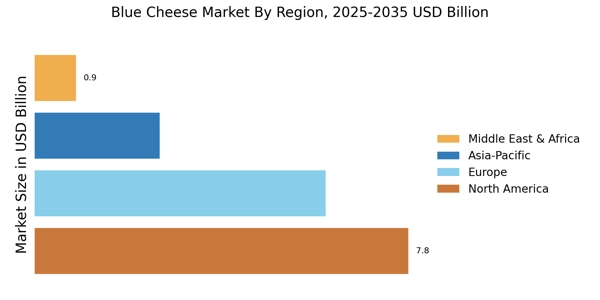
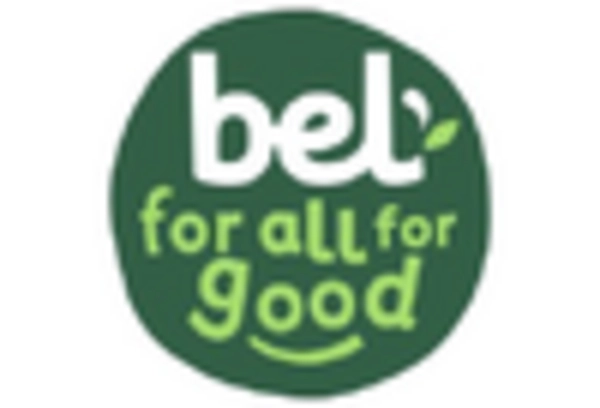
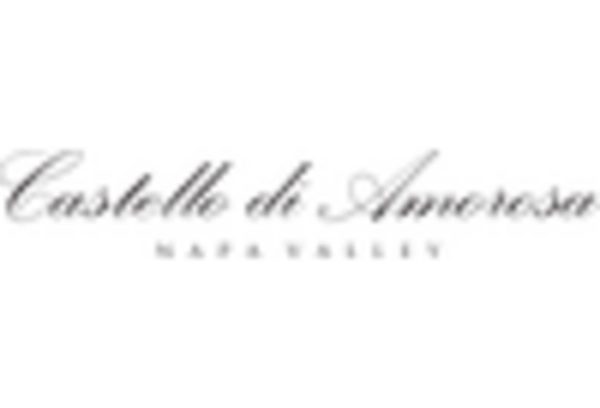

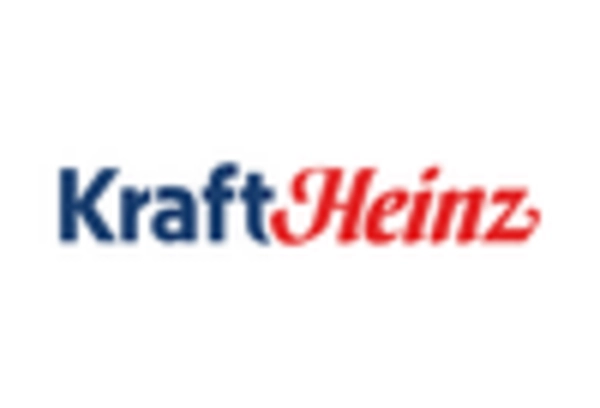
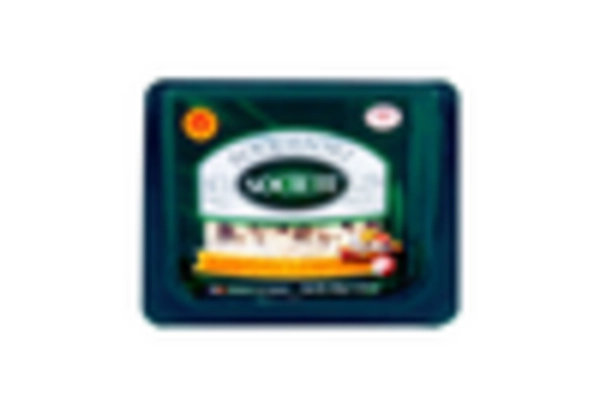









Leave a Comment